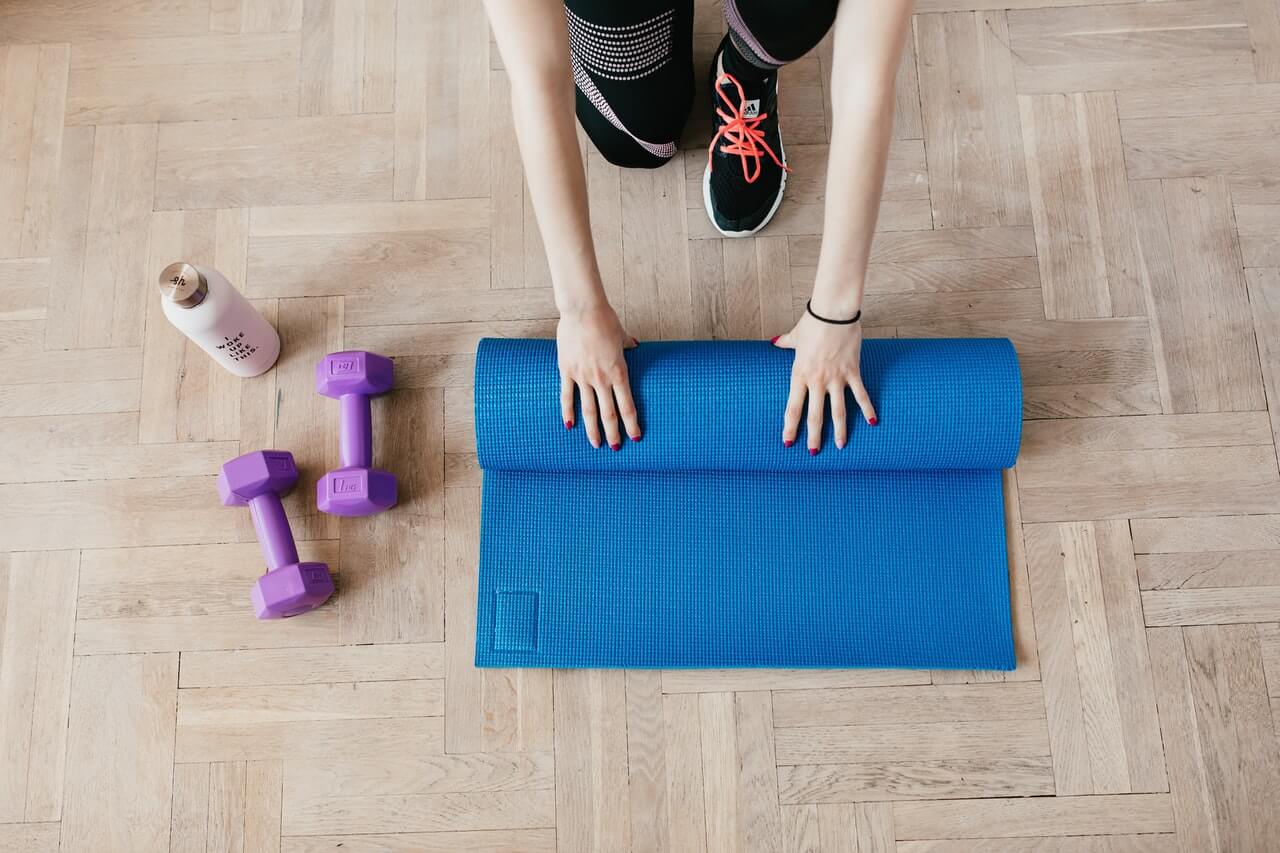
How To Create a Fitness Program in 5 Steps
Physical activity is important to living a healthy life, as it can reduce your risk of chronic disease, improve your balance and coordination, improve your sleeping habits, and help with anxiety and depression. However, you may not know how to start working out effectively. As with anything in life, it always helps to start with a plan. Here’s how you can design your own fitness program in 5 easy steps.
1. Assess Your Fitness Level
Before you start anything, be honest with yourself. Where is your fitness level? You probably have a general idea of how fit you are, but how do you put that into something measurable? Assess and record your initial baseline fitness scores for specific tasks that you can use as a benchmark to measure your progress. Some examples you can use to assess your aerobic and muscular fitness, flexibility, and body composition are:
- Your pulse rate before and immediately after walking 1 mile
- How long it takes to walk 1 mile, or how long it takes to run 1.5 miles
- How many standard or modified pushups you can do at a time
- How far you can reach forward while seated on the floor with your legs in front of you
- Your waist circumference
- Your body mass index
2. Consider Your Fitness Goals
Are you working out to lose weight? Are you training for a marathon? Do you want to build muscle? Having clear goals can not only help you properly design your fitness program, but it can also help you stay motivated!
Your goals will largely determine the exercises that should be part of your workout routine. For example, if your goal is to become stronger, lift heavy weights for fewer reps. If you’re trying to lose fat, you should create a workout plan that increases intensity.
3. Create a Schedule
Before creating your workout program, you need to decide how often and for how long you can realistically exercise. Consistency is the top factor in achieving results. You’ll need to train often, and over a long period of time. So your fitness program has to be realistic and doable for you. A finely crafted workout routine is useless if you don’t actually stick to it.
The program you design should incorporate the right mixture of activity and rest days. Schedule which days of the week you will work out, and which days you’ll allot to rest. For most healthy adults, the Department of Health and Human Services recommends getting at least 150 minutes of moderate activity or 75 minutes of vigorous activity per week (or a combination of moderate and vigorous activity).
If you plan to do three or fewer workouts per week, it may be most effective to make every session a total-body workout. If you want to work out more than 4 times a week, you may need to break things up to prevent overtraining. We suggest strength training for all major muscle groups at least twice a week. Aim to do a single set of each exercise, using a weight or resistance level heavy enough to tire you muscles after about 12-15 repetitions.
However you decide to schedule your fitness sessions, make sure you schedule at least one full day of rest each week, and make sure that you aren’t scheduling two high-intensity workouts back-to-back.
4. Add Variety
Doing the same thing every day can lead to mental burnout and bodily injury. The body adapts to whatever stress is being applied in about 12-14 weeks. In order to keep benefiting from your fitness program, you need to constantly change it up.
Plan to include different activities to reduce exercise boredom. Cross-training with low impact activities, such as biking or swimming reduces your chance of injuring or overusing one specific muscle or joint. Alternate between activities that focus on different parts of your body, such as walking, swimming, and strength training.
You can also try integrating high-interval intensity training, which is where you perform short bursts of high-intensity activity followed by recovery periods of low-intensity activity. Or, even performing the same routine, but with different equipment, changing your set and rep scheme, or changing the exercise variations can help.
5. Monitor Your Progress
To see if your exercise plan is working, you need to keep records to monitor your progress. Remember those fitness assessments you took at the very beginning? Review them about a month after you start your program, and then again every few months. Are your numbers and rates improving? You may find that you need to make your workouts more challenging or increase the amount of time you exercise in order to continue improving.
Having these records will allow you to monitor your progress and see what’s working and what’s not, allowing you to adjust your program as needed. Overall, your workouts need to get harder over time in order to make consistent progress. Start low and progress slowly. If you start to lose motivation, set new goals or try a new activity. Workout out with a friend or personal trainer, or taking a class at a fitness center can also help.

